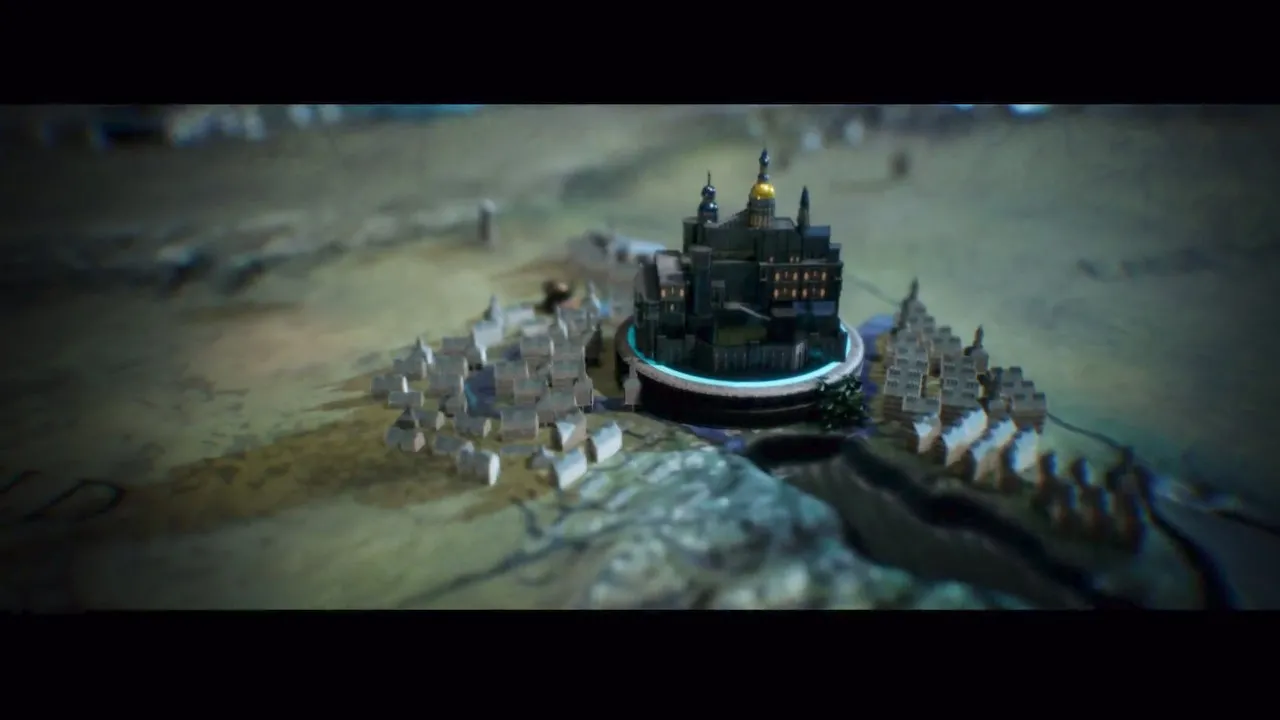
The DioField Chronicle: Innovative Combat Meets a Lackluster Narrative
Contents
The tactical RPG genre has seen a resurgence in recent years, with titles like Triangle Strategy capturing the attention of strategy enthusiasts. The DioField Chronicle, developed by Square Enix, promised a fresh take on the genre with its real-time combat system. However, despite launching on multiple platforms, the game received surprisingly little fanfare. Does The DioField Chronicle live up to its potential? Let’s delve into a comprehensive review.
A Unique Combat System
Square Enix is known for its experimentation, resulting in both triumphs like Octopath Traveler and disappointments like Balan Wonderworld. The DioField Chronicle falls somewhere in between. Its “Real-Time Tactical Battle” (RTTB) system is a fascinating blend of real-time strategy (RTS) elements reminiscent of Age of Empires and turn-based tactics akin to Final Fantasy Tactics and Fire Emblem. Imagine Total War battles, but instead of vast armies, you control a small squad of powerful characters.
You direct your units by selecting them and choosing their target location. They then navigate the battlefield in real-time, engaging enemies within their attack range. As an RPG, The DioField Chronicle features character classes with unique abilities tied to their weapon types. For example, a “Soldier” can wield swords and shields for stunning attacks or daggers for finishing blows.
 The DioField Chronicle’s RTTB system puts players in command of a small squad of units on dynamic battlefields.
The DioField Chronicle’s RTTB system puts players in command of a small squad of units on dynamic battlefields.
The game features four primary classes: Soldier, Cavalier, Sharpshooter, and Magicker. Each class has sub-classes and can equip “Adjutants” who grant additional skills. This creates a diverse range of combat options and encourages experimentation with different party compositions.
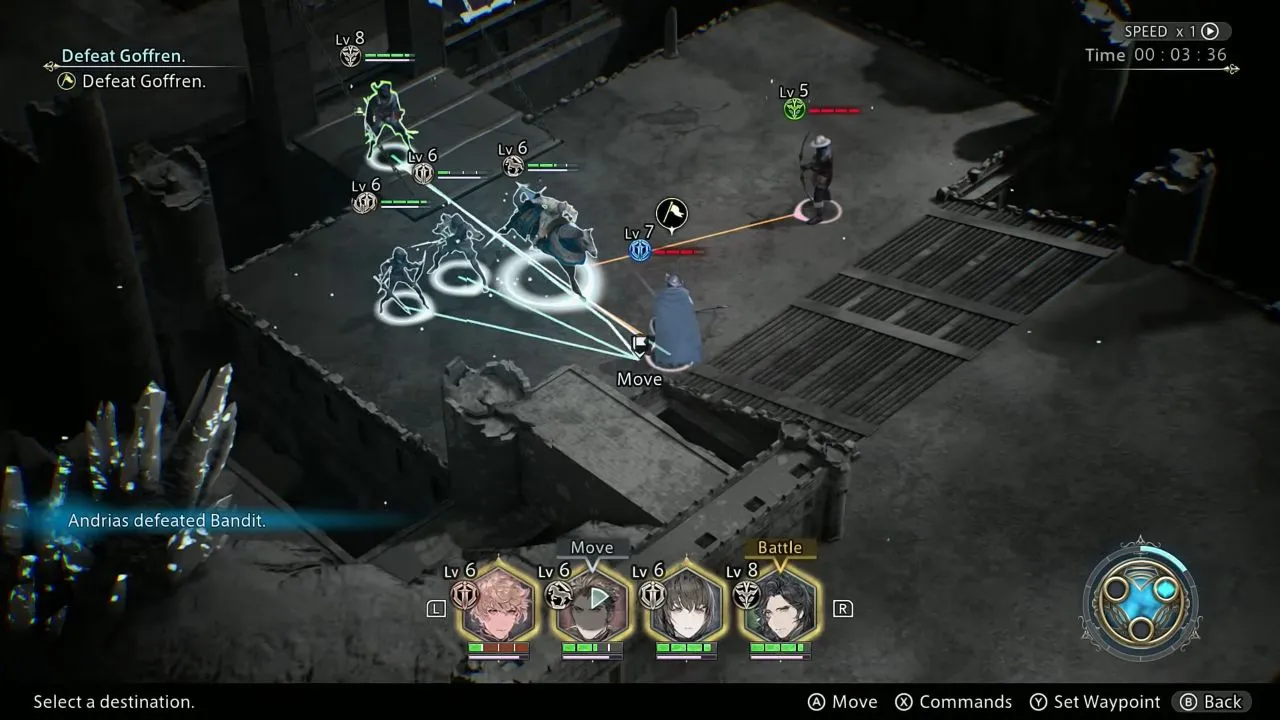 Each character class has unique abilities and can be further customized with adjutants.
Each character class has unique abilities and can be further customized with adjutants.
The dynamic nature of RTTB combined with the class system demands strategic thinking and quick reactions. Players must anticipate enemy movements, utilize environmental elements like explosive barrels, and deploy powerful Magilumic Orbs (summoning magic featuring iconic Final Fantasy creatures like Bahamut and Coeurl) at opportune moments. This blend of real-time action and tactical depth creates a compelling and innovative combat experience.
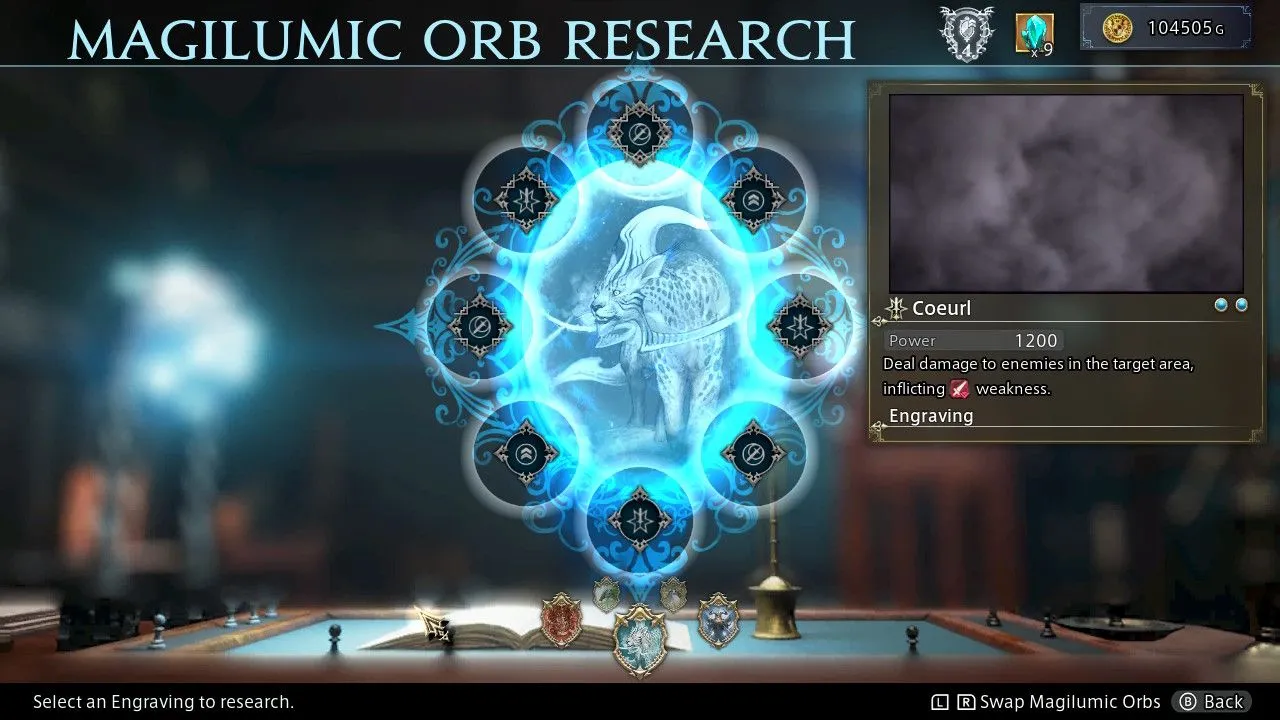 Magilumic Orbs allow players to summon powerful creatures to turn the tide of battle.
Magilumic Orbs allow players to summon powerful creatures to turn the tide of battle.
Presentation and Performance
The DioField Chronicle boasts impressive visuals thanks to the artistry of Isamu Kamikokuryo, known for his work on Final Fantasy X, XII, and XIII. Character models are detailed, and the environments are visually appealing. The soundtrack further enhances the immersive experience. However, character animations appear stiff and lack the fluidity seen in other modern RPGs like Xenoblade Chronicles 3.
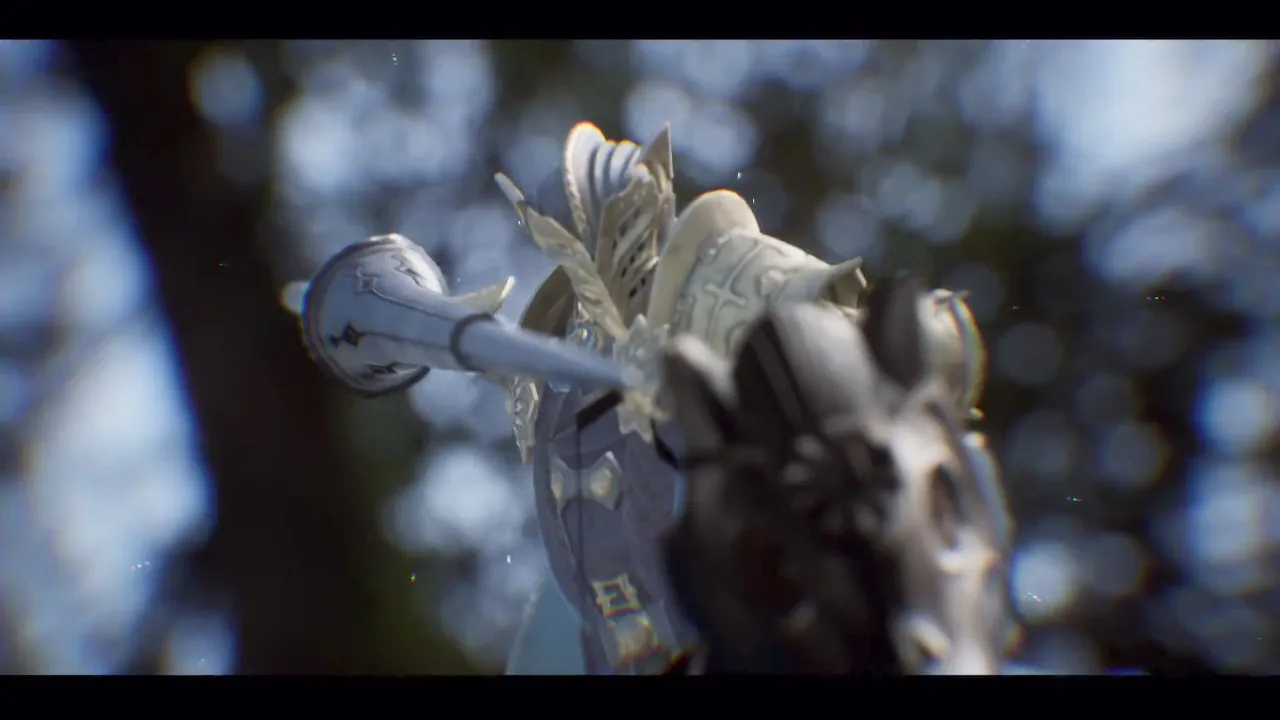 Detailed character models and vibrant environments bring the world of DioField to life.
Detailed character models and vibrant environments bring the world of DioField to life.
A Disappointing Narrative
Square Enix has shown a recent inclination towards darker, politically charged narratives, as seen in Triangle Strategy and the upcoming Final Fantasy XVI. The DioField Chronicle follows this trend, but its execution falls short. The story unfolds on DioField Island, a land under the protection of the Alletain Kingdom for two centuries. This peace is shattered by the expansionist Trovelt-Schoevian Empire, who seek the island’s Jade resources to fuel their “modern magic.”
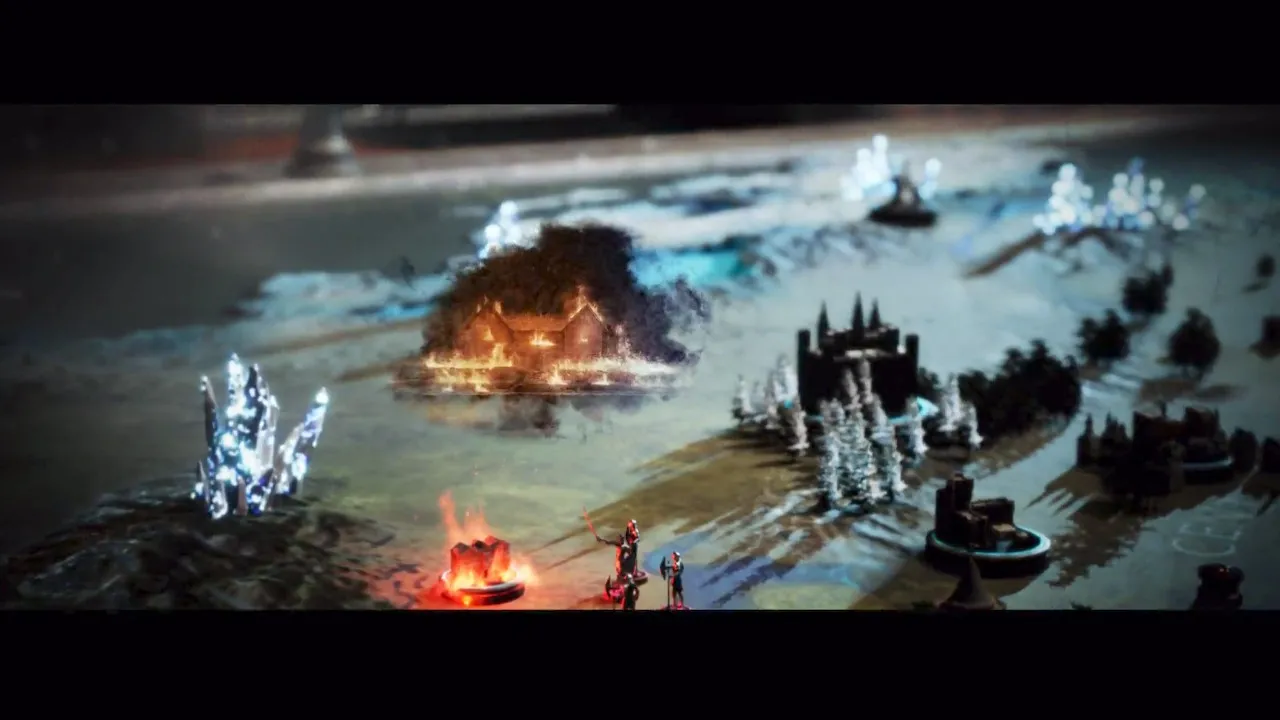 The Trovelt-Schoevian Empire’s quest for Jade threatens the peace of DioField Island.
The Trovelt-Schoevian Empire’s quest for Jade threatens the peace of DioField Island.
The narrative centers on the Blue Foxes, a mercenary group led by Andrias Rhondarson and Fredret Lester, who serve Duke Hende of Alletain. They are joined by the skilled archer Iscarion and the noble mage Waltaquin. Instead of focusing on the overarching conflict with the Empire, the story shifts towards internal conflicts within the Blue Foxes, as each member grapples with their own ideologies.
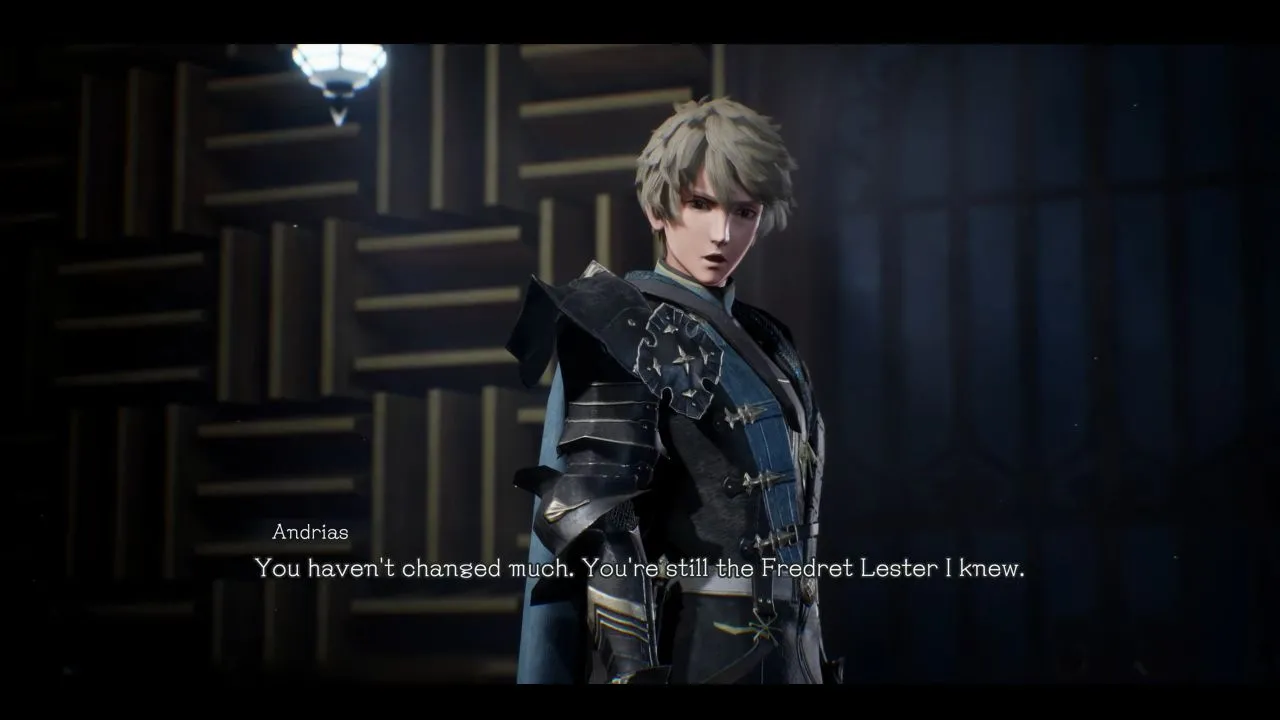 The Blue Foxes mercenary group finds itself caught in the midst of political intrigue and warring nations.
The Blue Foxes mercenary group finds itself caught in the midst of political intrigue and warring nations.
While the game attempts to explore complex political themes, it often feels disjointed and underdeveloped. Key plot points are relayed through brief narrations over a map, while less significant details are given undue attention. The ending, while impactful, feels somewhat unearned due to the uneven pacing and narrative focus.
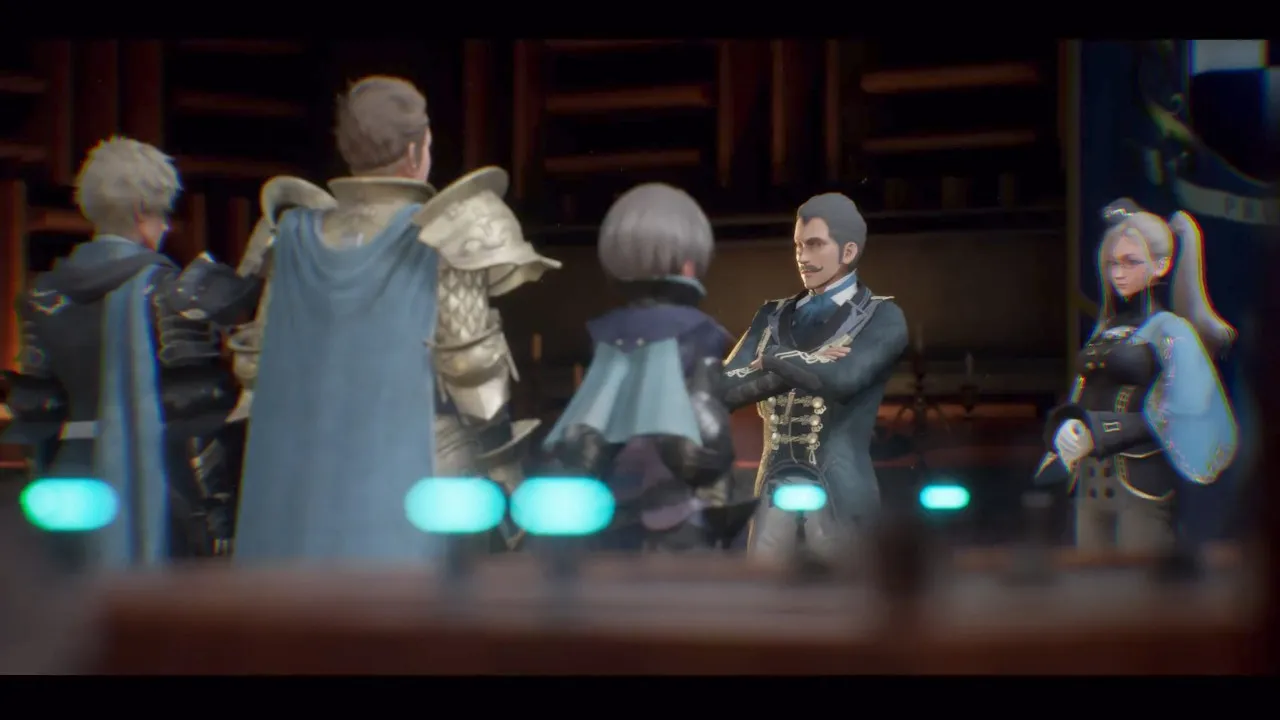 Internal conflicts within the Blue Foxes often overshadow the larger political narrative.
Internal conflicts within the Blue Foxes often overshadow the larger political narrative.
Control Issues on Switch
Playing a real-time tactical game on the Switch can be cumbersome. Selecting units and navigating the battlefield with the controller feels clunky compared to the precision of a mouse and keyboard. While the controls become more manageable with practice, the PC version is recommended for a more streamlined experience.
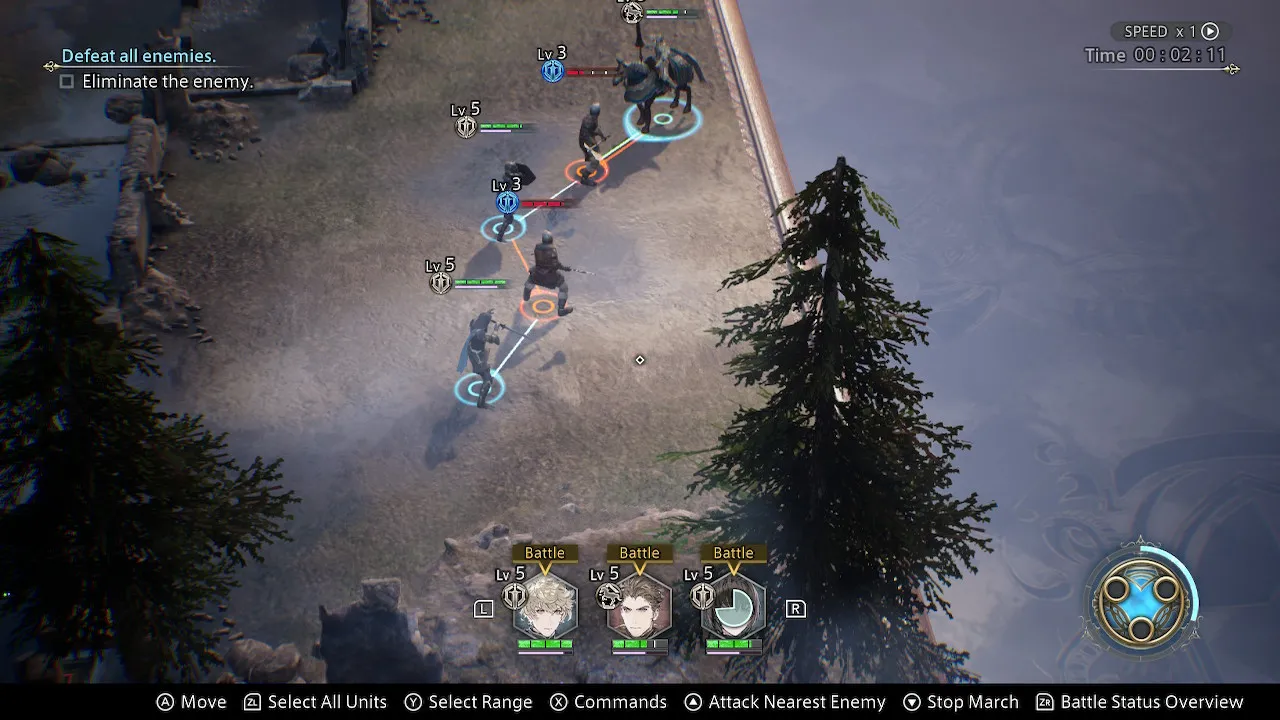 While the narrative has its moments, the storytelling often feels disjointed and rushed.
While the narrative has its moments, the storytelling often feels disjointed and rushed.
Conclusion
The DioField Chronicle shines with its innovative combat system, offering a refreshing blend of real-time action and tactical depth. However, its narrative struggles to maintain focus and deliver a compelling story. While the visuals and audio are generally pleasing, the stiff animations and control issues on the Switch detract from the overall experience.
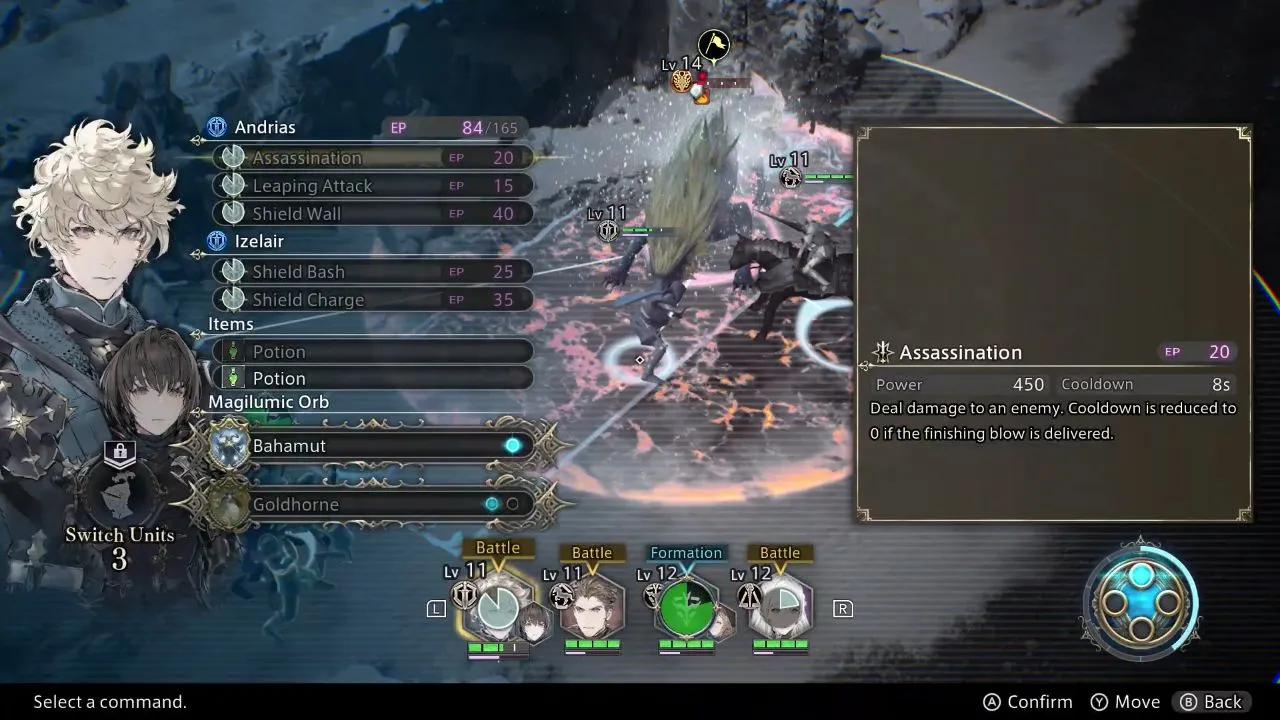 Despite its flaws, The DioField Chronicle offers a unique combat experience that sets it apart in the tactical RPG genre.
Despite its flaws, The DioField Chronicle offers a unique combat experience that sets it apart in the tactical RPG genre.





Comments (0)